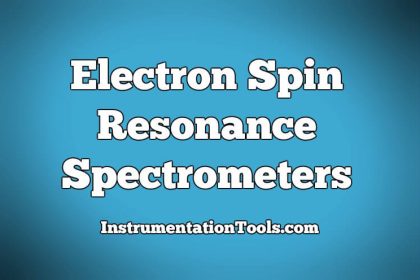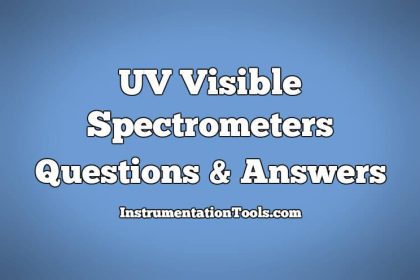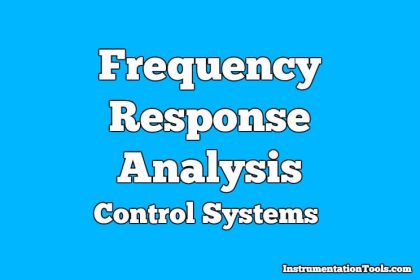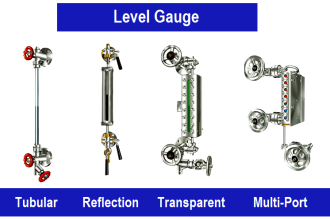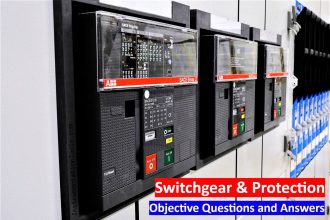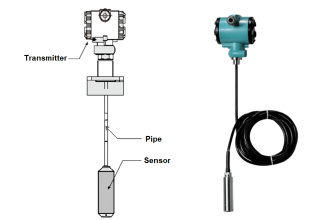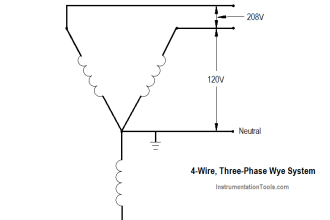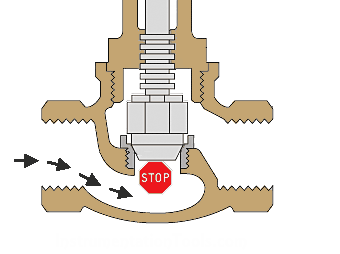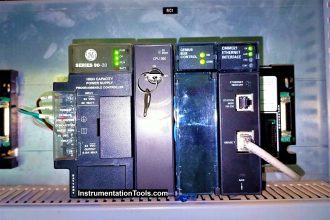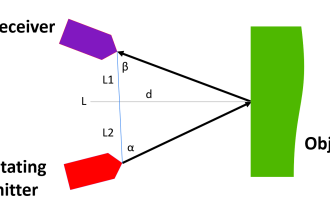Gas Chromatograph- Mass Spectrometer
1. Which of the following is the most sensitive of the spectral methods?
a) Absorption spectroscopy
b) Mass spectroscopy
c) Flame emission spectroscopy
d) Atomic emission spectroscopy
Answer: b
Explanation: Mass spectroscopy is the most sensitive of the spectral methods. It permits direct introduction of a gas effluent’s stream.
2. Which of the following is the disadvantage of gas chromatography?
a) It is not a good method
b) It cannot be used for qualitative analysis
c) It cannot be used for separation of volatile components
d) It does not provide direct identification
Answer: d
Explanation: Gas chromatography is a very good method for separation of components of a mixture. It does not provide direct identification.
3. Cold tray is provided for liquid N2 or CO2 but is used only for extremely small samples.
a) True
b) False
Answer: a
Explanation: Cold tray is provided for liquid N2 or CO2. It is used only for mass spectral analysis of very small samples.
4. Which of the following is most often used in the chromatograph in gas chromatograph MS?
a) Curvette
b) Paper support
c) Capillary tube
d) Flask
Answer: c
Explanation: Capillary tube is most often used in the chromatograph in gas chromatograph MS. This is because low pressure has to be maintained.
5. GC- MS has been developed for which of the following systems?
a) Packed column
b) Open tubular column
c) Capillary column
d) Porous layer column
Answer: a
Explanation: GC- MS has been developed for packed column system. These allow for analyte molecules to be dynamically extracted from the carrier gas stream.
6. Which of the following problems occur when combining gas chromatography and mass spectroscopy?
a) Difference in operating pressures
b) Reduction in sensitivity
c) Direct identification is not possible
d) It does not permit direct introduction of the effluent
Answer: The problem that occurs when combining gas chromatography and mass spectroscopy is the difference in operating pressures. The pressure at the exit of the GC column is atmospheric.
7. The carrier gas with low molecular weight would diffuse at a higher rate than the higher molecular weight sample.
a) True
b) False
Answer: a
Explanation: The carrier gas with low molecular weight would diffuse at a higher rate than the higher molecular weight sample. The carrier gas would diffuse away from the line of flow.
8. Which of the following is the type of separator used in commercial GC-MS systems?
a) Jet type molecular separator
b) Porous tube
c) Teflon tube
d) Flow type separator
Answer: a
Explanation: Jet type molecular separator is the type of separator used in commercial GC-MS systems. Other methods are porous tube and Teflon tube.
9. The system for measurement of ion intensity in GS-MS system consists of which of the following?
a) Electrometer
b) Ion meter
c) Ion transducer
d) Intensity meter
Answer: a
Explanation: The system for measurement of ion intensity in GS-MS system consists of electrometer. It feeds a direct writing recorder.
10. The system for measurement of ion intensity in GS-MS system consists of which of the following?
a) Band pass amplifier
b) Narrow band amplifier
c) Wide band amplifier
d) Low pass amplifier
Answer: c
Explanation: The system for measurement of ion intensity in GS-MS system consists of a wide band amplifier. It feeds a direct writing recorder.
